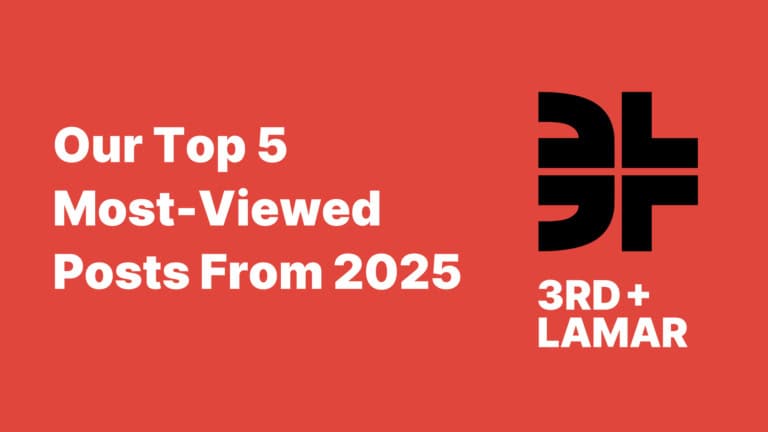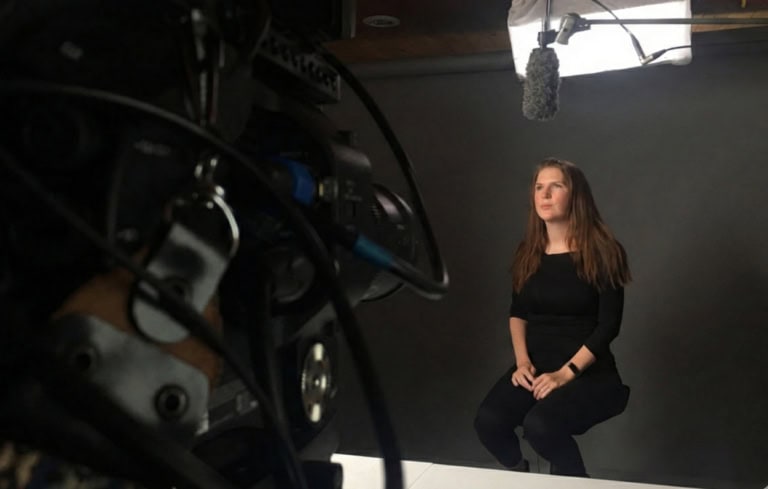
“If you build it, they will come” is bad advice if you are launching a product online.
If no one knows your product exists, it is impossible for them to buy it. This is obvious to the point of being absurd, but it’s a reminder to keep your efforts focused on outbound activities.
What you will learn is that focusing on growing your product externally will complement your inbound tactics (i.e. SEO and content marketing).
Cast A Wide Net, But Remain Selective

Think of your product in the same way a consumer packaged goods company evaluates the wholesale channels it distributes to. Maximize distribution to put your product in front of the right potential buyers.
This may seem abstract without defining the product, so let’s use a fictitious brand – Jill’s Soap Company – as an example. [1] Based in Austin, Jill launched her e-commerce store on Shopify and sells her soap direct-to-consumer. Her chemical-free, aromatic soaps appeal mostly to mothers between 30-45 years old.
These are some questions that Jill must answer to execute her marketing plan:
- Why does my company exist beyond making money?
- How will I communicate this message?
- Who will this message resonate with?
- Where do these people spend their time online/offline?
Jill started her company to solve a personal problem. Normal soaps make her skin dry and contain harmful chemicals that her kids are allergic to, and natural soaps for sensitive skin are basically odorless. So she created a premium product.
Jill hires a production company to film a video telling the personal story behind her brand (something like this). She opted against a video promoting product features and benefits. Jill knows that the story of why she started the company matters just as much – if not more – than what her product actually is. [2] So she hopes the human-interest angle will resonate with health-conscious women like her who spend more than $200 per month on self-care products.
Jill isn’t trying to boil the ocean. Her budget is limited, and she knows that for her product to gain mass appeal, she needs to own a small segment of the market first. [3] Similar to how RxBar founder Peter Rahal focused first on the CrossFit community before expanding, Jill is keeping her eyes narrowed.
She identifies two websites, three e-newsletters, two podcasts, two celebrity influencers, and three Austin farmers markets that fit the following criteria:
- They’re premium. Jill doesn’t want to associate with brands that do not scream “quality” since that is her brand’s most intrinsic characteristic.
- They’re popular among her target audience. Jill selected these media outlets, influencers, and farmers markets because they’re places where her buyers spend time and consume content.
- They’re aligned with the mission of Jill’s Soap Company. These distribution channels already advertise mission-driven products and passion brands that are similar to Jill’s Soap Company.
Structuring Advertiser And Partner Deals
With the distribution channels identified, Jill considers different ways to structure deals.
- On-site activations: At farmers markets, Jill could buy booth space in a high-traffic area to capitalize on foot traffic.
- Affiliate deals: Jill could pay a set commission per sale, but she’d have limited control over the placements. Also, this is more of a direct-response approach. Jill’s focus at this stage is to build a sustainable brand.
- Display ads: Jill could pay for display ads on an impression basis, but the cost would likely be high if she did a direct ad buy. She could use Google Display Network to backdoor her way onto one of the sites as long as they’re using Google Adsense. But she may not be able to secure the inventory, and the placements could be poor.
- Sponsor entitlements: Jill could sponsor a specific section of a website or e-newsletter, a designated area of a farmers market, or a segment on a podcast. This would be good for brand recall, but the cost likely would be high.
- Paid social: Jill could cut-up different versions of her brand video for media outlets and influencers to share on their social channels and promote with a small budget.
- Sponsor reads: Jill can pay for podcast hosts to read scripts promoting her product.
- Native/branded content: Jill can pay for an advertorial on one of the media outlets’ sites.
- Barter agreements: Using trade could work well if any farmers markets want to exchange booth space or signage in exchange for product.
Ultimately, Jill decides to pay for some sponsor podcast reads, paid social posts with select influencers and media outlets, an advertorial, and a sponsored email placement.
These are the advantages of these deals:
- Fish where the fish are: You have to reach your target customers where they spend the most time online and offline. Waiting for them to come to you is not productive.
- SEO: Optimizing your on-site content for specific keywords is one part of an SEO strategy. Getting linkbacks from sites with high-authority domains is just as important.
- Branding: Few barriers exist to advertise on Facebook and Google, and the reputations of Facebook and Google do not rub off on brands that advertise on their platforms. Conversely, companies can gain credibility by their association with other trusted brands by doing direct sponsorship deals and entitlements. This is why you see so many “preferred” and “exclusive” partners of pro sports leagues and teams, for instance.
For additional information and resources, read ex-Airbnb marketer Lenny Rachitsky’s blog series on growth drivers for popular marketplace companies like Lyft, Uber, GrubHub, Eventbrite, etc. You’ll notice that few of these companies relied predominantly on performance marketing to grow their initial supply and demand.
- How to Kickstart and Scale a Marketplace Business – Part 3: Growing Initial Supply
- How to Kickstart and Scale a Marketplace Business – Part 4: Growing Initial Demand
Also, if you’re just getting started, here are some posts to help you think about the best ways to acquire customers online.
[1] The same concepts apply equally to B2C and B2B companies.
[2] This explains why. And here are excellent brand videos.
[3] If this topic interests you, I highly recommend reading, “Crossing the Chasm,” by Geoffrey A. Moore.



